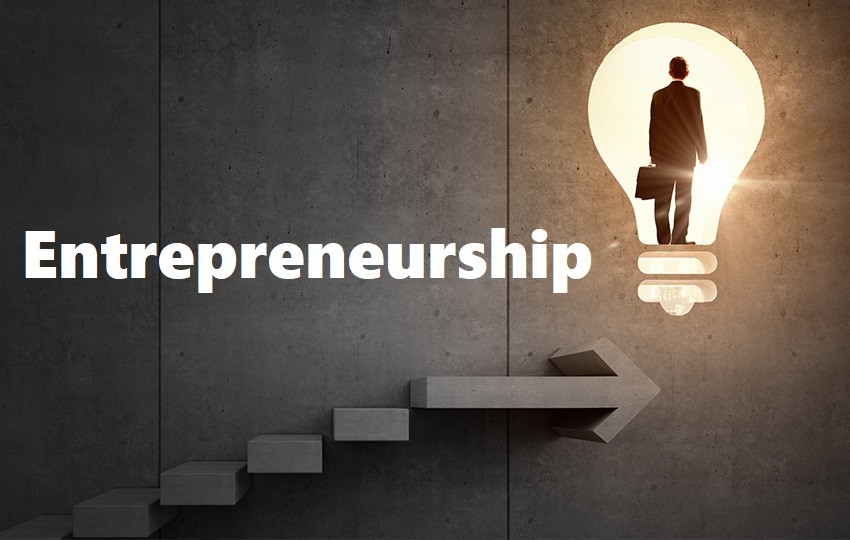Top 3 Soft Skills That Are Anything But Soft In Technology Leadership
According to Investopedia, soft skills “are considered to be a compliment to hard skills, which refer to a person’s knowledge and occupational skills.” For technology leaders, those hard skills have long been considered some flavor of technical expertise. Yet many of today’s modern chief information officers differ greatly from yesteryear’s suited-up top engineer.
Cryptic and hardline systems management was perfectly fine in the cyclical era of building lights, keeping those built lights on, identifying new lights to build, and so on. Now that technology extends beyond feeds and speeds, complexity has been redefined and expertise is a bit more nuanced.
Technology today underpins business, hard stop. Every office relies on technology in some form or fashion to work effectively, efficiently, seamlessly. More than ever before, who is placed in the top tech leadership position matters.
Now, aside from standard expertise, it’s the so-called soft skills that differentiate an old school technology manager from today’s transformational, strategic business partner.
In simplest terms, technology skills keep the lights on while soft skills drive a rethinking in a direction of, Why and how are we using these lights? And so on.
Of course understanding technology is imperative and experience in successful technology modernization critical, but the following skills add additional layers of speed, agility and sustainability.
Communication
There is no such thing as over-communication in technology leadership. One thing has stayed rock-solid over the past several decades and that is a general fear of change, both spoken and unspoken. The keys to simplifying hard things in IT are:
- Communication – Routine and clear explanations to all on how, when, where, what and, most importantly, why.
- Collaboration – People need to feel included in the process, a part of the effort. When someone feels as if their on the change team, the change is cleaner and certainly stronger.
- Confidence – Confidence must be reciprocal – confidence in the leader driving the change and confidence in the recipient of the change.
Finding a leader that can bring different business units together to collaborate on how to improve shared systems and processes drives advocacy for improvement and community for shared experiences. Relationship-building across traditionally disparate lines of business is a long-term win in driving efficiency and effectiveness.
Authentic communication is the tie that binds and, given technology already connects us all, the technology leader within any business is perfectly and persistently positioned to have the greatest impact.
But the leaders must also care.
Empathy
Historically if the technology worked, enough said. Decades back, it might take hundreds of lines of code to successfully execute one small action. In those days of tech infancy, an executed action was a successful action.
Today with the advancement of cloud computing, automation and low-code solutions, how actions impact the user are critically important. Pay no attention to the man behind the curtain has transitioned into prioritizing user experience. The curtain is no more and we are driven to pay attention.
Whether it be a discussion on modernizing a business system or adding a basic widget on a website homepage, a care for how the change impacts users needs to be at the forefront. It needs to be documented, addressed, shared. We thought about this on your behalf may very well introduce a dramatic culture shift for many after past experiences with technology projects. When an IT leader owns statements like that, it can change energy and adoption in the best way.
When people question capacity for learning empathy? A service-obsessed mindset is absolutely buildable alongside deeply technical architect skills. It’s flipping a switch to only looking inward to always considering the outward – customers, colleagues, staff, neighbors, visitors. It might take a minute, but every step is a step in the right direction.
Never forget, empathy and grace should be directed inwards as well. After all, leaders open to continuously improving ted to be the best leaders.
Grit
Technology is hard work. Regardless of tech advancement, all facets are unpredictable, volatile and impossibly paced. With technology being the virtual-if-not-physical underpinning across most businesses, every tech move is saturated with risk. While changing a domain name, switching out internet providers or investing in a cloud portal may all seem simple enough, each of the roadmaps are littered with very real possibilities of connectivity issues, data loss and high-level public visibility-turned-outcry. No pressure, right?
Grit is an oft unspoken but deeply important trait in technology leadership today. Grit embodies perseverance, resolve, toughness and dedication to an excellent outcome regardless of any and all unanticipated barriers.
Technology leaders today who exhibit grit might be the very best candidates. No matter the speed of business, technology moves faster. And with change and risk of unanticipated interruption comes the need for courage to move forward, resiliency from reactive pushback and the strength to stay focused on the end game, the targeted outcome.
Soft skills are hard topics in technology
When discussing non-technical skill requirements for technology leaders, outcry soon follows. There’s a threat felt for all who struggle personally with traditional soft skills.
While high tech tech skills are not simple talents, technology proficiency, especially in today’s increasingly digital world, relies on execution and completion for success. And execution and timely completion rely on buy-in.
Buy-in for digital efforts isn’t delivered alongside expertise; it is earned. Buy-in requires effective soft skills like communication, empathy and grit from the top tech leader in every business.
The minute a tech team see the impact of rapid buy-in resulting from expert soft skills, the quicker the IT world accepts that there are no hard versus soft skills in our industry.
The omnipresent reality of the technology industry requires equitable use of and appreciation for all skills.
Source: Forbes.com
Cc: Paige Francis
#EduSAVINGS#EduLOANS#EduSURE#INTERNSHIP#SCHOLARSHIP#EduHEALTHMAINTAINANCE#ENTERPRENUERSHIP#PressPayNg#TERTIARY#EDUCATION#TUITION#FEES#UNIVERSITY#POLYTECHNIC#MONOTECHNIC



